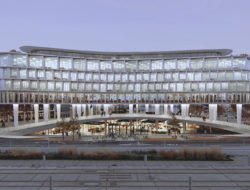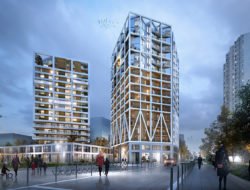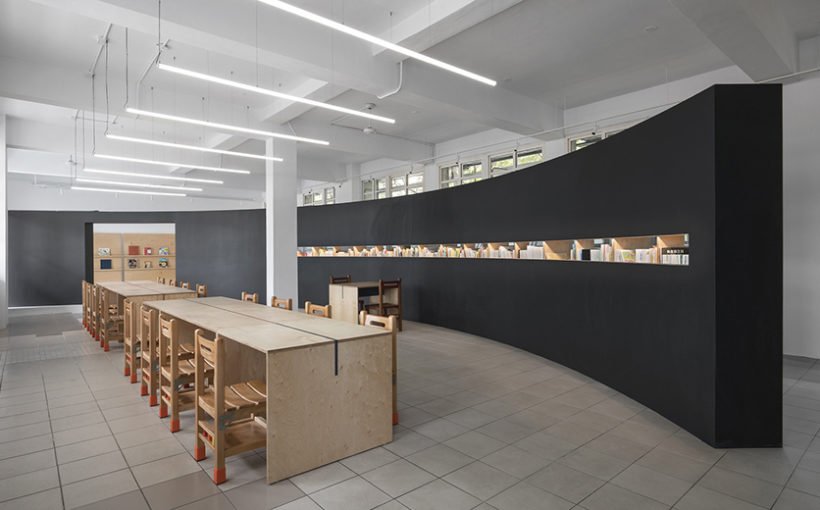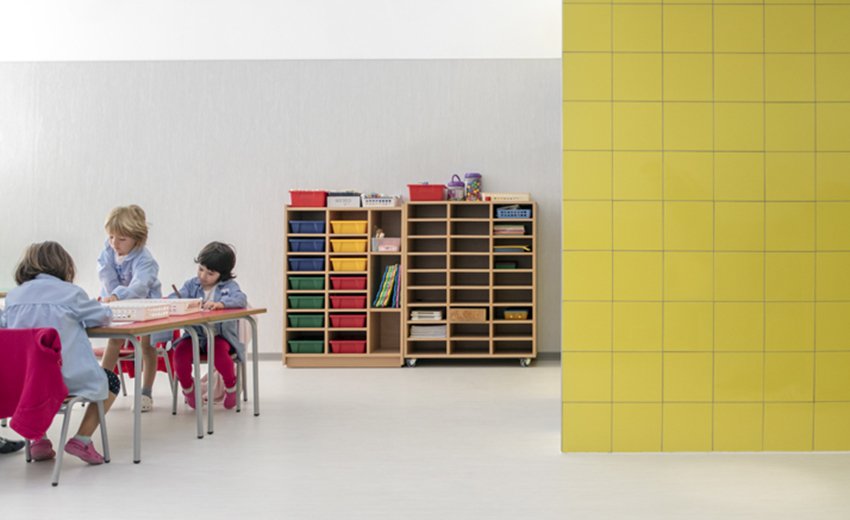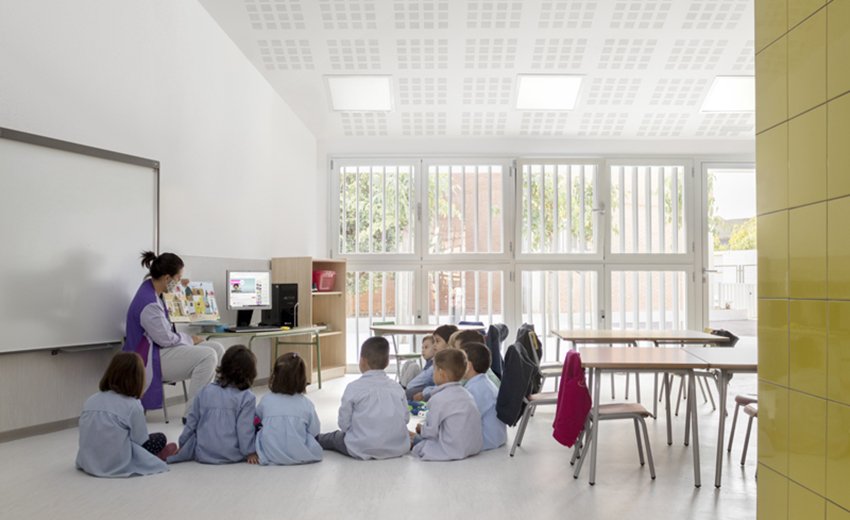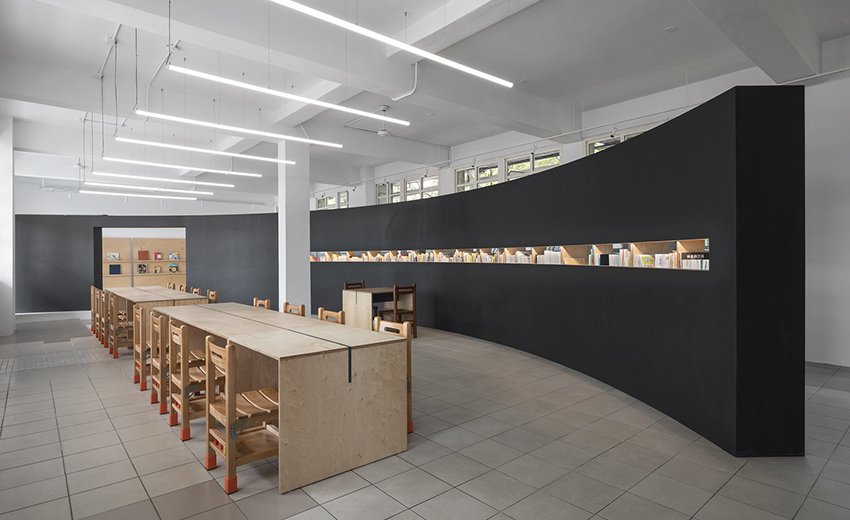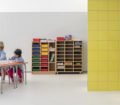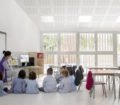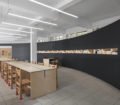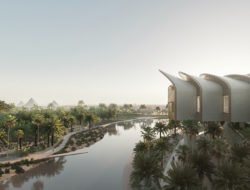In recent months, because of current events, there has been a lot of talk about redesigning offices, about a new balance between living and professional space. However, in this reflection, we should not forget the “office” of our youngest: schools.
The interior design of educational spaces has a significant psychological impact on the way children learn and the level of well-being that will be theirs during the hours they spend at school. But also, in the longer term, on their social and emotional development.
As most school time takes place inside buildings, special attention must be paid to certain interior design features.
High ceilings
High ceilings allow an optimal supply of natural light. Rooms with high ceilings facilitate attention and create an environment that is more conducive to learning than rooms with low ceilings, which are more likely to create stress.
A natural setting
Biophilic architecture improves well-being, whether residential or professional. This is also true in school environments: equipping a room with green plants soothes and inspires, increases productivity and learning abilities. The visual link with nature is also essential.
Natural light
Studies and scientific literature have shown that low levels of light in the classroom affect children’s sleep and natural cycles. In addition, natural light makes it possible to organise welcoming and inspiring classes.
Flexible spaces
Just like in modern offices or co-working spaces, having adaptable and modular furniture can meet the different needs of students and their teachers. This can also include a mobile teacher desk, for instance. Or by inventing: in this school in Taiwan imagined by the In2 studio, the classes have a curved wall, which serves both to isolate the spaces and to accommodate the classroom library.

































